GrabCAD

Claw/Landing Gear Accessory
by GrabCAD
Last crawled date: 2 years ago
There is still a lot discover about the quadcopter use and their use is still limited because of security/safety concerns or technology challenges. Taking in consideration most of the limitations, I assumed that the FV (flying vehicle/quadcopter) will never be designed to get close to a human, especially one located in a crowd and that the weight it will carry has to be limited given by its technological limitation (range, weight lift capability).
Most of the accessories add weight to the FV and make the use of the original landing gear impossible.
In my design, the FV is supposed to carry a servo and attaching pins, ready to accept a number of accessory, such as a revolving light, a claw or a retractable landing gear and many other accessory that can be later developed.
In order to prove the concept, I designed an accessory that replaces the need of the landing gear on the original FV and also adds a claw capable of garbing more than the weight that the FV is actually capable to carry.
- It is easy to be replaced with another accessory that may or may not need a driving mechanism (the servo), by using four pins located on the belly of the FV (flying vehicle).
- There is limited drag caused by the arms and therefore the range of the FV is not affected too much.
- The accessory is easy to be printed and can be done without the need of the supporting material.
- By printing the parts with as less as 15% infill (a feature available by using the 3d printer) the weight is very low.
- The use of the claw is unlimited and can be operated manually through the receiver or its actions can be programmed through an external micro-controller or through the flight controller of the FV.
Update 1:
At the end of each leg, a ball like shape ending has been added in order to make the product more practical:
- the round shape allows a certain amount of sliding when landing in all direction, therefore avoiding flipping over if the landing is not in a perfect vertical direction.
- it is printed with flexible material and with a 15% infill which makes it shock absorber and light;
- by over-sizing this part, it can float if needed to land on water or if needed to be rescued if crashed over water.
Most of the accessories add weight to the FV and make the use of the original landing gear impossible.
In my design, the FV is supposed to carry a servo and attaching pins, ready to accept a number of accessory, such as a revolving light, a claw or a retractable landing gear and many other accessory that can be later developed.
In order to prove the concept, I designed an accessory that replaces the need of the landing gear on the original FV and also adds a claw capable of garbing more than the weight that the FV is actually capable to carry.
- It is easy to be replaced with another accessory that may or may not need a driving mechanism (the servo), by using four pins located on the belly of the FV (flying vehicle).
- There is limited drag caused by the arms and therefore the range of the FV is not affected too much.
- The accessory is easy to be printed and can be done without the need of the supporting material.
- By printing the parts with as less as 15% infill (a feature available by using the 3d printer) the weight is very low.
- The use of the claw is unlimited and can be operated manually through the receiver or its actions can be programmed through an external micro-controller or through the flight controller of the FV.
Update 1:
At the end of each leg, a ball like shape ending has been added in order to make the product more practical:
- the round shape allows a certain amount of sliding when landing in all direction, therefore avoiding flipping over if the landing is not in a perfect vertical direction.
- it is printed with flexible material and with a 15% infill which makes it shock absorber and light;
- by over-sizing this part, it can float if needed to land on water or if needed to be rescued if crashed over water.
Similar models
grabcad
free

Bait deployment with floating landing gear
...ng the landing barrels, therefore absorbing shocks when landing and by using a 10-15% infill it will float and have little wight.
grabcad
free

Accessories motorized platform to accept accessories
...ite number of accessories.
the platform can include an arduino nano unit that can be programmed to do a number of infinite thing.
grabcad
free

Parachute Deployment Accessory
... this system can be connected with the accessory plate below the belly of the fv and there would be no need for the second servo.
grabcad
free

CLAW WHEEL GEAR
... prevents the gear to move in the clockwise direction.
the claw slides over the teeth of the gear when the gear starts rotating.
thingiverse
free

Landing gears for quadcopter by RsX
...ghts 3.9gr and should be printed at least with 25% infill for good rigidity.
the shock absorbing landing gears need to be tested.
grabcad
free

Retractable Landing Gear, For RC Planes
...aircraft and then sits on the outside.
note: servo model and servo arm, are not my models, however i believe them to be accurate
thingiverse
free

Landing Gear for x230 Mini Quadcopter by _Nuermann_
...n board.
using the dimensions set in combined.scad and 20% infill, the printed structure weights about 40g and is quite robust.
grabcad
free

Retract Servo Landing Gear RC
...retract servo landing gear rc
grabcad
keep flying
thingiverse
free

Simple 3d printed 9g servo gripper by brunoip
... keeps the servo parallel to te claw action in order to reduce the weight in the arm.
https://www.youtube.com/watch?v=fnfmibqv8nc
thingiverse
free

Drone NATO Rail Gimbal by cgiacomo
...ry weight should be under 300g in order to avoid over-loading the servos, but design should scale up to full size servos as well.
Claw
3d_ocean
$20

Claw Tank
...claw tank
3docean
canons claw tank concept military robot tank vehicle
3d model of a concept claw tank.
3d_export
$5

Claw of Beliar
...claw of beliar
3dexport
the claw of beliar is a sword from the game gothic 2.
turbosquid
free

Youbionic Claw
...
turbosquid
free 3d model youbionic claw for download as stl on turbosquid: 3d models for games, architecture, videos. (1377870)
turbosquid
$5

Hand Claw
...rbosquid
royalty free 3d model hand claw for download as obj on turbosquid: 3d models for games, architecture, videos. (1143701)
turbosquid
$39

Claw Hammer
...royalty free 3d model claw hammer for download as obj and fbx on turbosquid: 3d models for games, architecture, videos. (1296497)
turbosquid
$25

Raptor Claw
...yalty free 3d model raptor claw for download as obj and blend on turbosquid: 3d models for games, architecture, videos. (1449175)
turbosquid
$23

Clawed Frogman
...ty free 3d model clawed frogman for download as obj and blend on turbosquid: 3d models for games, architecture, videos. (1413531)
turbosquid
$2
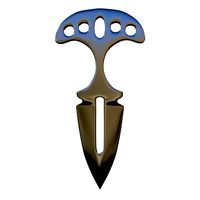
Iron Claw
...royalty free 3d model iron claw for download as blend and obj on turbosquid: 3d models for games, architecture, videos. (1596543)
turbosquid
$45

Claw Hammer
...y free 3d model claw hammer for download as 3ds, max, and obj on turbosquid: 3d models for games, architecture, videos. (1299970)
turbosquid
$20

Claw Hammer
...y free 3d model claw hammer for download as max, obj, and fbx on turbosquid: 3d models for games, architecture, videos. (1288979)
Landing
3d_export
free

land
...land
3dexport
3d_export
$20
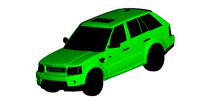
land rover
...land rover
3dexport
land rover
3d_export
$65
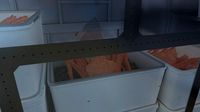
landing
...landing
3dexport
simple rendering of the scene file
3ddd
free

Land Bond
... тумба
land bond-авторская коллекция мебели жана франсуа роле.сделана из натуральной древесины.
3ddd
$1
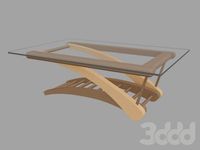
Land Bond
...land bond
3ddd
land bond-авторская коллекция мебели жана франсуа роле.
3ddd
$1

Land Bond
...land bond
3ddd
land bond-авторская коллекция мебели жана франсуа роле
3ddd
free
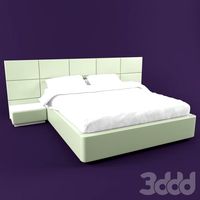
dream land / sicilia
...dream land / sicilia
3ddd
dream land
dream land sicilia
3ddd
$1
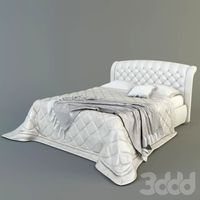
Dream Land / Монтсеррат
...dream land / монтсеррат
3ddd
dream land , капитоне
производитель: dream land
design_connected
$29

Land Sofa
...land sofa
designconnected
alivar land sofa computer generated 3d model. designed by bavuso, giuseppe.
design_connected
$27

Land Meridiana
...land meridiana
designconnected
bonaldo land meridiana computer generated 3d model. designed by crs bonaldo.
Accessory
3ddd
$1

accessories
...accessories
3ddd
чаша
accessories
3ddd
$1
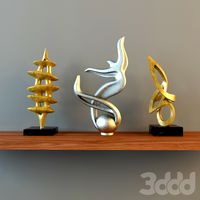
accessories
...accessories
3ddd
статуэтка
accessories
3ddd
$1
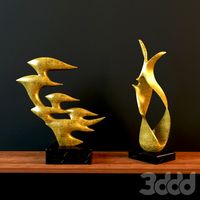
accessories
...accessories
3ddd
статуэтка
accessories
3ddd
$1

accessories
...accessories
3ddd
статуэтка
accessories
archibase_planet
free
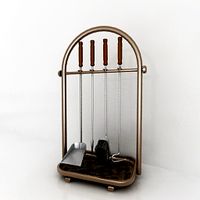
Accessories
...accessories
archibase planet
fireplace accessories
accessories - 3d model (*.gsm+*.3ds) for interior 3d visualization.
archibase_planet
free

Accessories
...accessories
archibase planet
fireplace accessories
accessories - 3d model (*.gsm+*.3ds) for interior 3d visualization.
archibase_planet
free
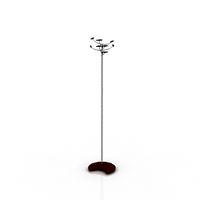
Accessory
...accessory
archibase planet
art accessories design creative
accessory f1137 - 3d model for interior 3d visualization.
archibase_planet
free
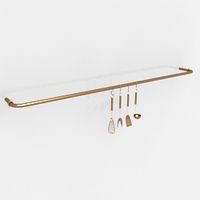
Accessories
...accessories
archibase planet
kitchen ware kitchen accessories
accessories - 3d model (*.gsm+*.3ds) for interior 3d visualization.
archibase_planet
free

Accessories
...accessories archibase planet poker fireplace accessory accessories 3 - 3d model (*.gsm+*.3ds) for interior 3d...
archibase_planet
free
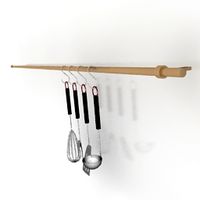
Accessories
...essories
archibase planet
kitchen accessories pots and pans cooking battery
accessories - 3d model for interior 3d visualization.
Gear
3d_ocean
$4

Gears
...gears
3docean
gear gears iron
4 different size of gears
3d_export
$5

gear
...gear
3dexport
gear
3d_export
free
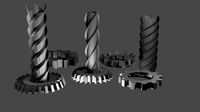
Gears
...gears
3dexport
gears
3d_export
$5
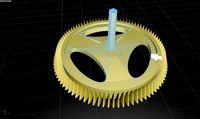
gear
...gear
3dexport
a simple model of gear
3d_export
$5
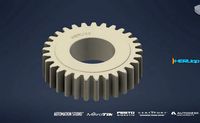
gear
...gear
3dexport
gear for transmission , case machine
3d_ocean
$3
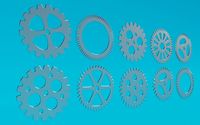
Gears
...nical parts process steampunk vehicle wheel work
10 different gear models volume 01-10 files: .3ds .c4d .obj note: you need vray
3d_ocean
$1
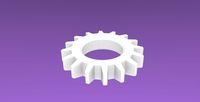
Spur Gear
...spur gear
3docean
decoration gear
a typical spur gear
3d_ocean
$4

Gear wheels
...gear wheels
3docean
engine engineering gear gears industry machinery mechanical toothwheel wheel
pair of gear wheels : animated.
turbosquid
$9
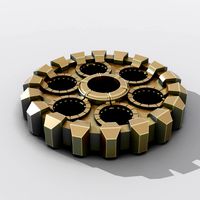
Gear
...gear
turbosquid
royalty free 3d model gear for download as on turbosquid: 3d models for games, architecture, videos. (1712328)
turbosquid
$2
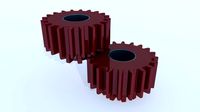
Gears
...rs
turbosquid
royalty free 3d model gears for download as ma on turbosquid: 3d models for games, architecture, videos. (1166710)
